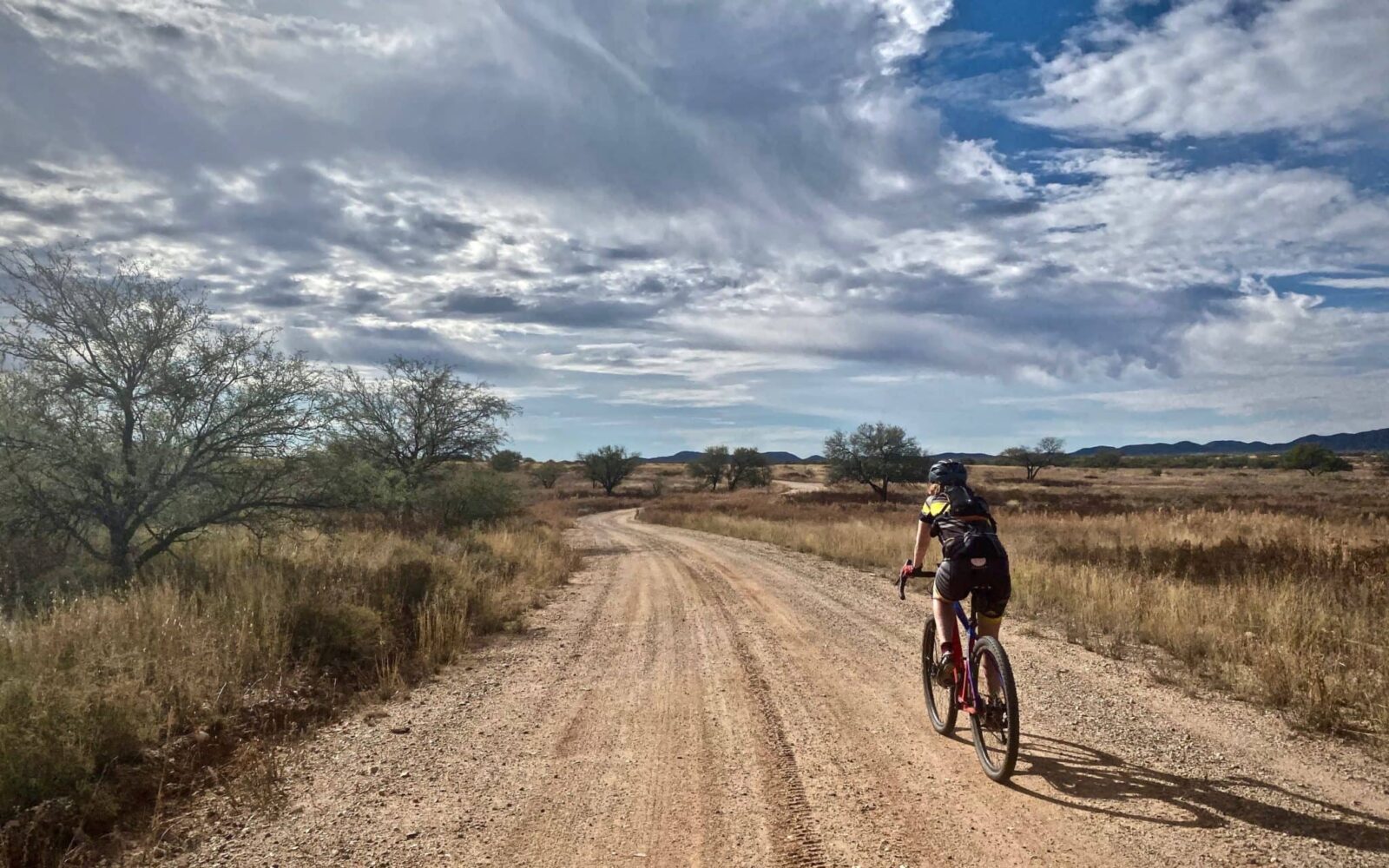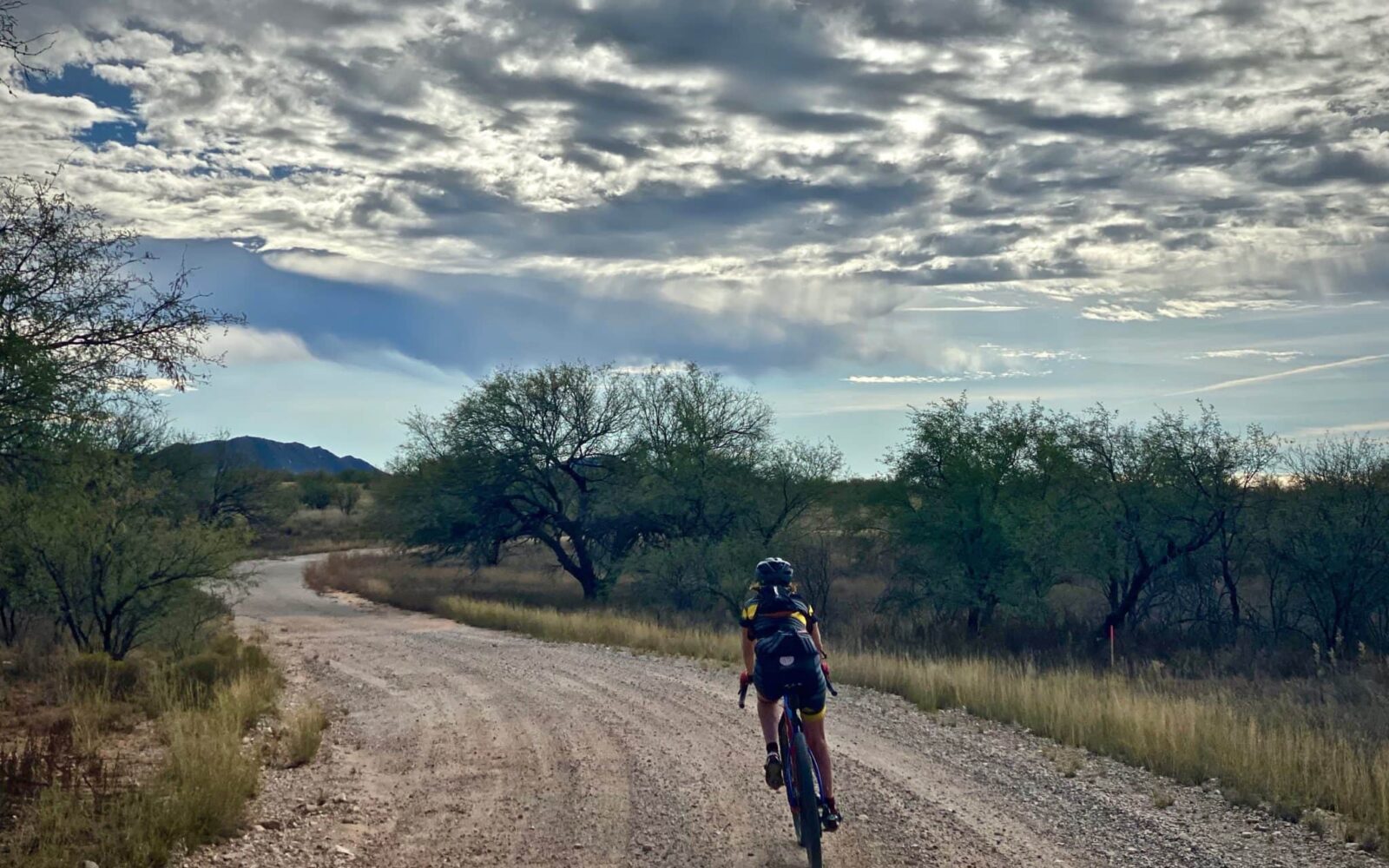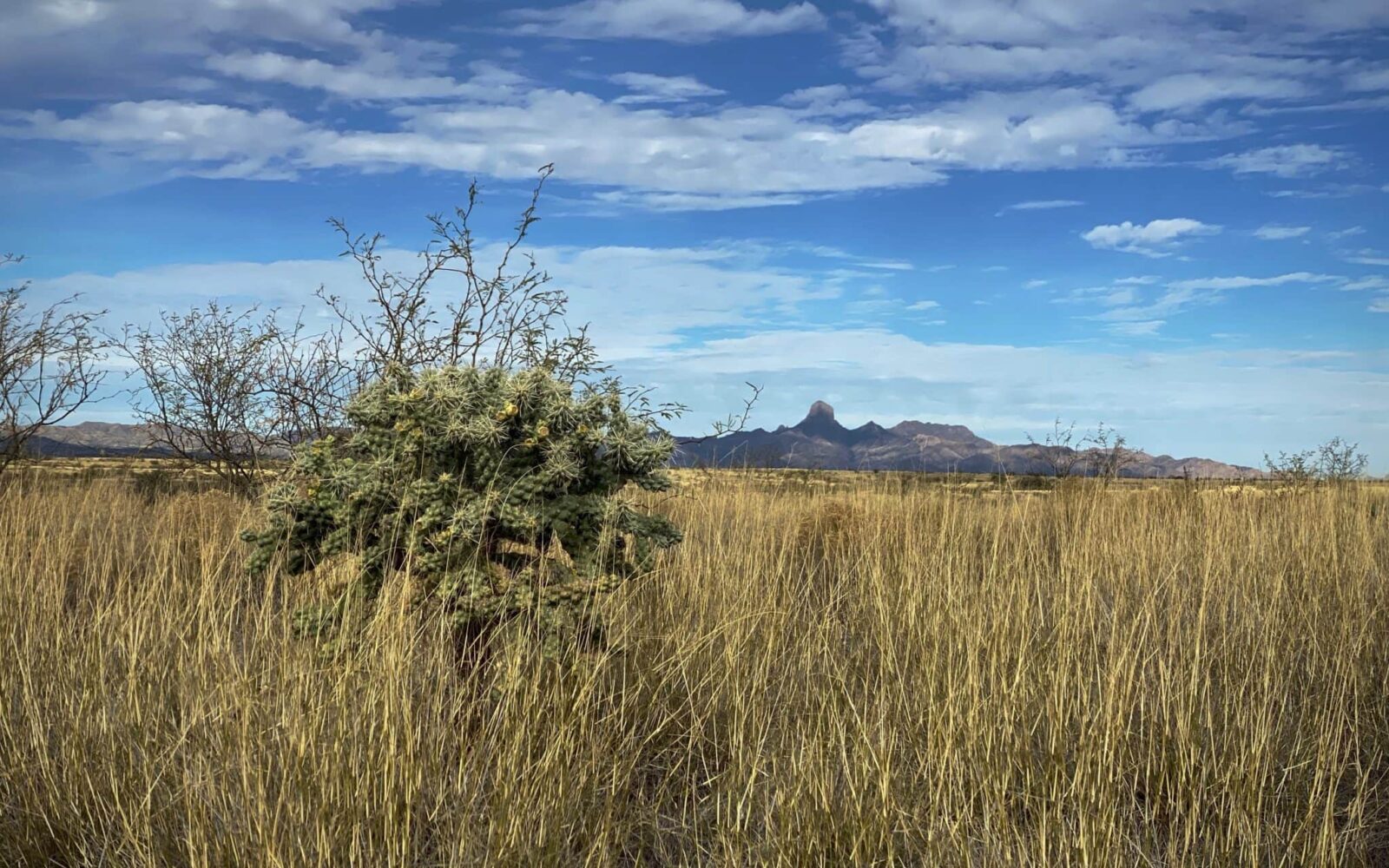Buenos Aires
Caution! We do not provide turn-by-turn directions in our GPX files. Those are auto-generated by your bike computer and are usually less than 70% accurate. Learn more.
For help loading a GPX file onto your bike computer, go here.
DownloadCredits & Acknowledgements
A big shout out to Timothy Scott of Riding AZ Gravel for turning us onto this route!
When We Like to Ride This
Fall to spring when the skies are clear and the temps are moderate. We would avoid this route in summer as it is very exposed to the sun and could be quite sandy. Wind could also make this route brutal. And … if it has recently rained, give it several days to let the washes run shallower or dry.
Terrain & Riding
The route starts at the Visitor’s Center, which we highly recommend stopping in for a visit before you start. You can pick up a detailed map of the area for $5 and find out about recent animal sightings: the park is home to antelope, badgers, coyotes, foxes, bobcats, javelina, skunks, jackrabbits, and 152 species of birds. On occasion, the rare Gila monster wanders through. (You can visit them on Facebook and see the latest stars in their wildlife cameras!) And really, the staff there couldn’t have been friendlier.
The route gently rolls out on Pronghorn Tour Loop road through impressive open grasslands, winding its way out to the Garcia family cemetery. As the mountains become more impressive and the hills steeper and the route more rocky, the terrain changes to Sonoran desert thorn-scrub. At mile 14, you skirt the Mexican border. As you begin to head north again, You cross through a series of washes, several that are lined with large sycamore trees that showcase themselves in the fall with golden colors.
At mile 18, not visible from the road, there is an old homesite. What you will see is a metal water tank and some scaffolding that looks like it’s for a windmill. Go up in the woods to the right, maybe 30 yards, and you’ll see an old stone house. Super cool!
At mile 19 is the only major climb in the route (350 feet of gain, in 1+ miles,) which pops you up to a fantastic butte with views of the whole area. The climb is a grunt as it is loose and steep, sections in excess of 10% grade.
At mile 24 begins the San Luis wash section. Instead of riding through and across the wash, you ride in the wash for 1.7 miles. The wash was hard-packed and rideable, easy to navigate, and fun! At mile 30ish, views of the Baboquivari Peak come in and out of focus. (Just how many times will you stop to take the picture!) As the grasslands make their re-appearance, you will see the Visitor Center off in the distance. And soon enough you are back to your car.
For more information on the wildlife reserve, we recommend Friends of the Buenos Aires National Wildlife Refuge website and the Forest Service Buenos Aires website. We recommend you visit both of them. If you didn’t see a bobcat, antelope, or a bobwhite quail on your ride, they have plenty of great photos to leave you feeling inspired. And if you feel even more inspired, might we suggest you toss them a few bucks to help keep this place so beautiful.
The Start
Buenos Aires National Wildlife Refuge Visitor Center. Flush toilets, water and picnic grounds.
Food & Water
- None
Route Notes
45 mm tires will work for the route, but if you are looking for a bit more comfort and control, go with 50 mm+. Even with wide rubber, this is not a fast-riding route.
This route comes very close to the border with Mexico and parts of the route are actively patrolled by Border Patrol. When we come across them for the first time in the day, we stop and ask if “there’s anything we should be aware of” and we also give them our route for the day. We saw no Border Patrol on our ride.
Route Options
If you’re looking for a longer route ( 46 miles, 2500 feet of gain) check out the Buenos Aires – Arivaca mixed gravel route. It follows the Buenos Aires route until mile 22, where it turns right towards Tres Bellotas Ranch / Arivaca on FS 216.


























 Behind every route is scouting, mapping, storytelling, and a whole lot of pedal power.
Behind every route is scouting, mapping, storytelling, and a whole lot of pedal power.
Have you ridden this route? Got a question? Join the discussion!